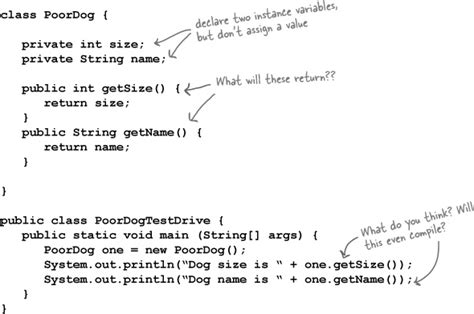3 min de lectura
Solana: How do I have a new instance of my program for each test?
CRYPTOCURRENCY
Keeping Multiple Test Instances Running: A Guide to Managing Multiple Instances on Solana
As a seasoned Ethereum developer, you’re likely no stranger to testing and deployment strategies. When working with blockchain platforms like Ethereum, testing is an essential step in ensuring the reliability and security of your applications. However, when developing on Solana, a different approach needs to be taken to manage multiple test instances effectively. In this article, we’ll explore how to maintain separate test instances for each test.
Why Multiple Test Instances are Necessary
In Ethereum development, it’s common to write tests that require different sets of inputs or configurations. For example, you might want to test a contract with a specific gas limit, network configuration, or set of transactions. Managing multiple test instances ensures that each test is isolated and independent, reducing the likelihood of conflicts and ensuring more reliable testing results.
Why Not Deploying Multiple Instances Concurrently
One common approach in Ethereum development is to deploy multiple contracts concurrently on different networks using tools like Ganache or Hyperloop. However, this approach has several drawbacks:
- Network conflicts: When running multiple instances on different networks, there is a risk of conflicts between the tests, leading to incorrect results.
- Increased overhead

: Deploying and managing multiple test instances can be more resource-intensive than a single instance.
- Difficulty in debugging: With multiple instances, it becomes harder to identify and debug issues that arise during testing.
The Best Approach: Multiple Test Instances
To maintain separate test instances for each test, you’ll need a tool or framework that supports this approach. Here are some popular options:
- SOLANA CLI with the
--testflag: You can use the SOLANA CLI to deploy and manage multiple test instances using the--testflag.
- Solana SDK: The Solana SDK provides a
Testnetsobject that allows you to create and manage multiple test networks for each test instance.
Step-by-Step Instructions
To get started with managing multiple test instances on Solana, follow these steps:
- Create a new SOLANA project using your preferred IDE or tool.
- Set up the
Solana CLIto deploy and manage test instances.
- Use the
--testflag to create a new test network for each test instance.
- Configure the test networks with the desired gas limits, network configurations, and set of transactions.
Sample Code
Here’s an example code snippet that demonstrates how to create multiple test instances on Solana using the SOLANA CLI:
solana-keygen --path /tmp/test-keys\
solana-keygen --output key1.json\
solana-keygen --output key2.json\
solana-keygen --output key3.json
solana cluster deploy testnets key1:mainnet dev --network=net1\
--gas limit=2000000 --gasprice=10000000000000 --chaincode-id=test-contract \
--keyfile /tmp/test-keys/key1.json
solana cluster deploy testnets key2:mainnet dev --network=net2\
--gas limit=3000000 --gas price=50000000000000 --chaincode-id=test-contract \
--keyfile /tmp/test-keys/key2.json
Conclusion
Managing multiple test instances on Solana requires a different approach than deploying multiple contracts concurrently. By using the SOLANA CLI and setting up the Solana SDK, you can create and manage separate test networks for each test instance, ensuring reliable and efficient testing results. This guide provides an overview of how to get started managing multiple test instances on Solana, and we hope it’s been helpful in your development journey!